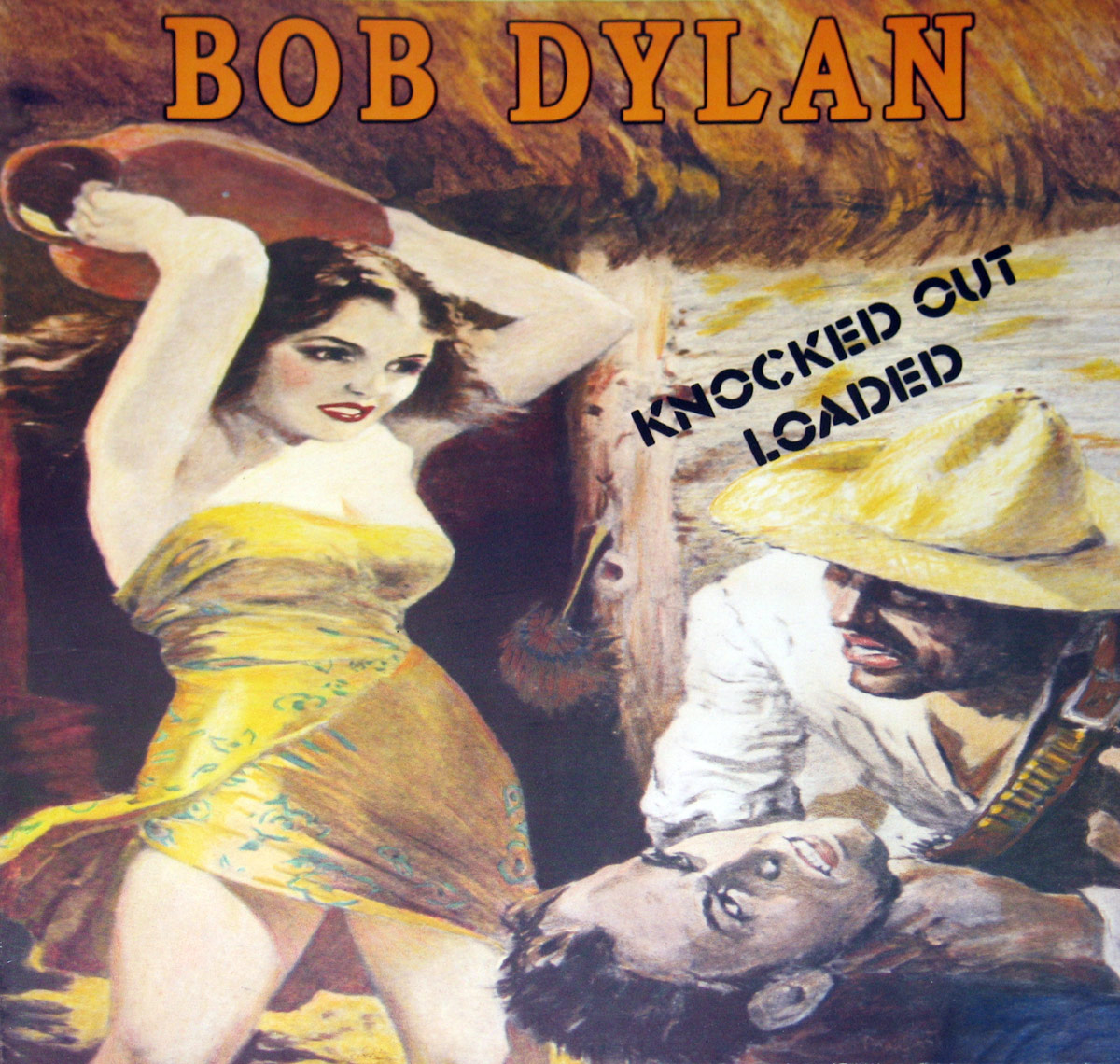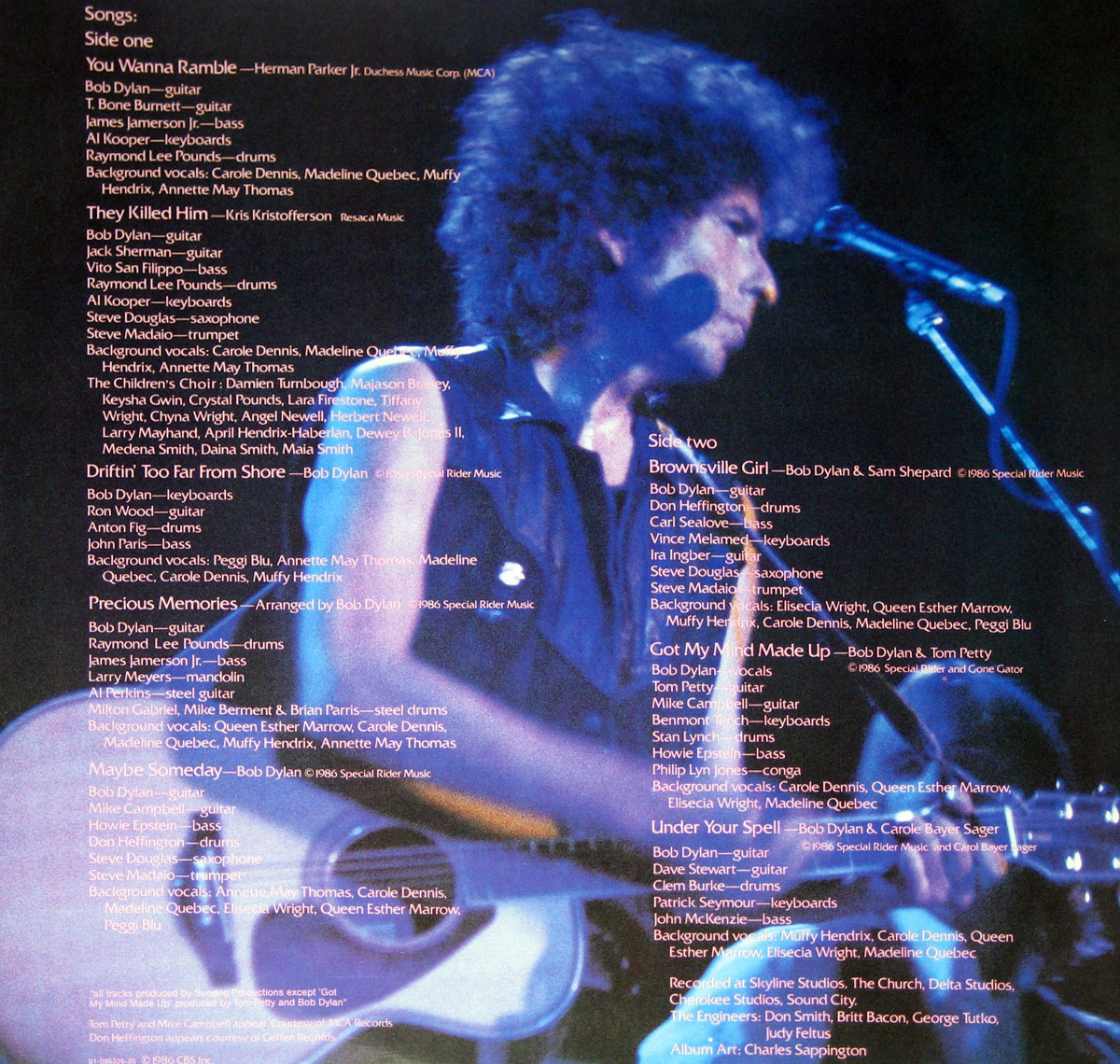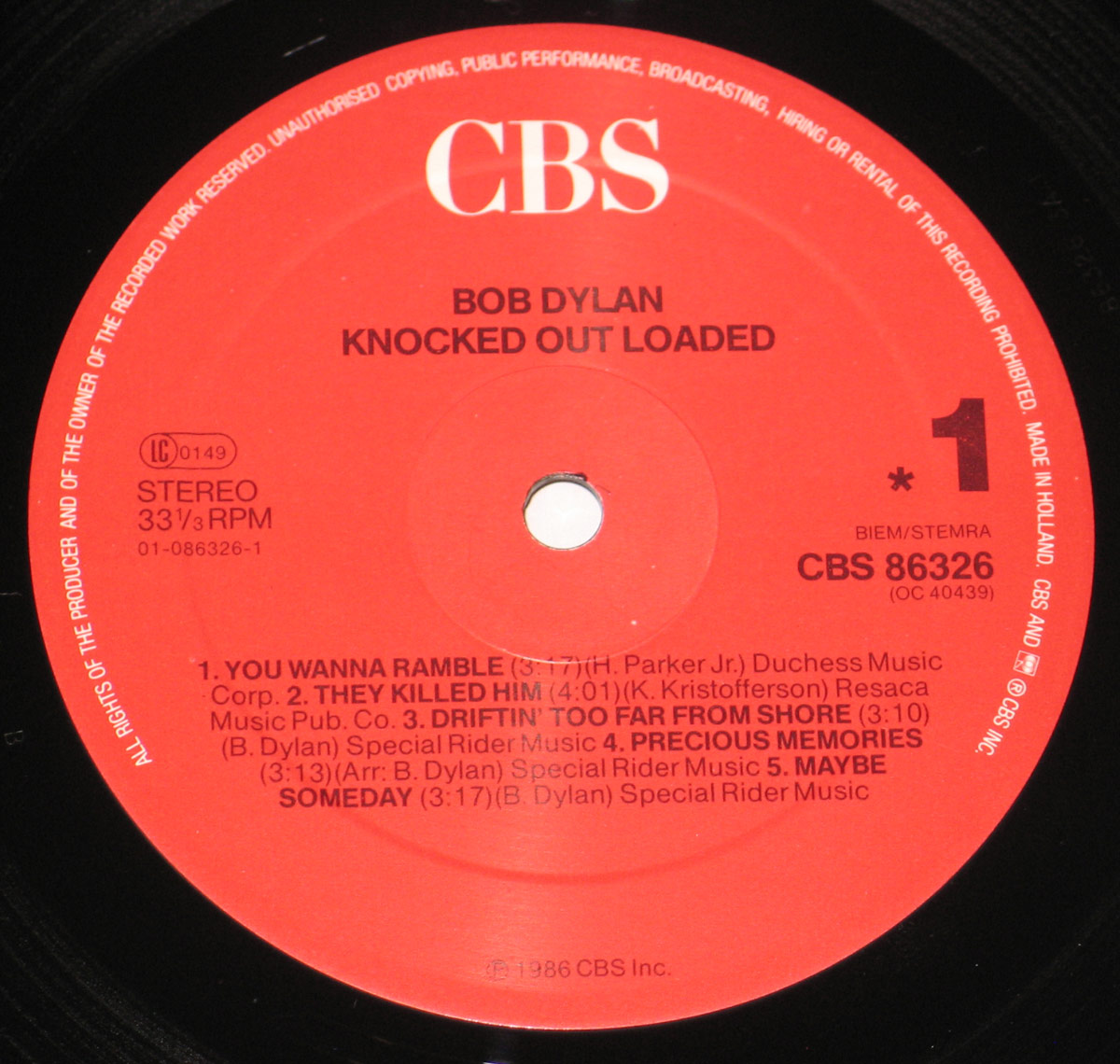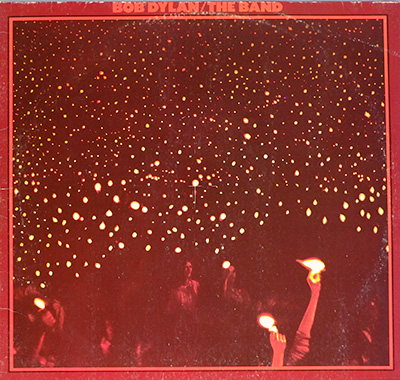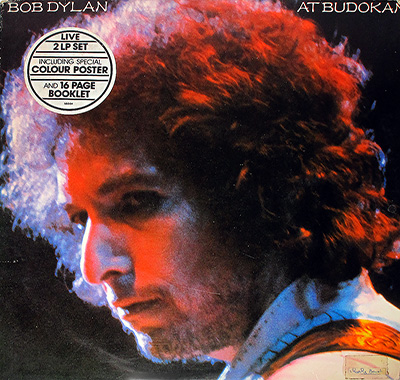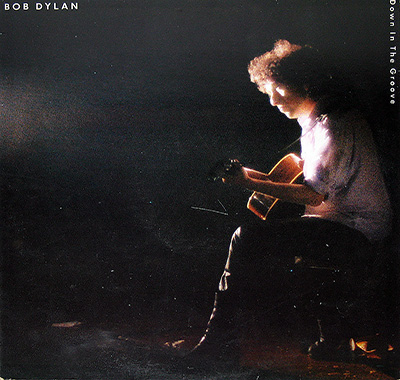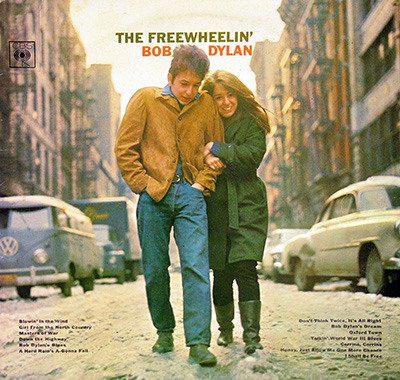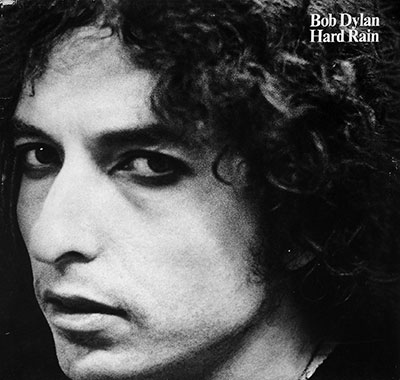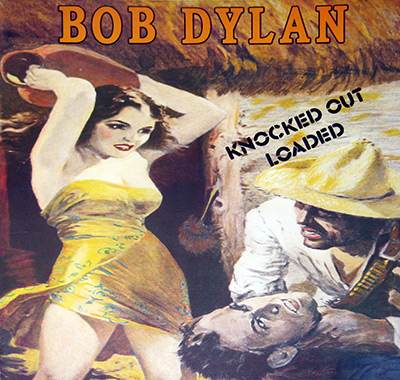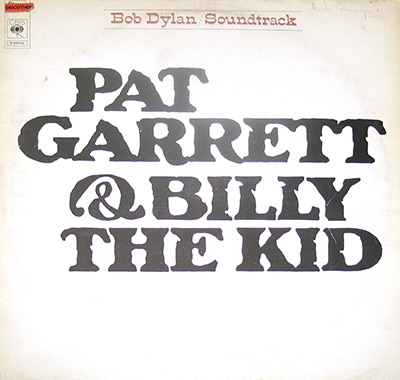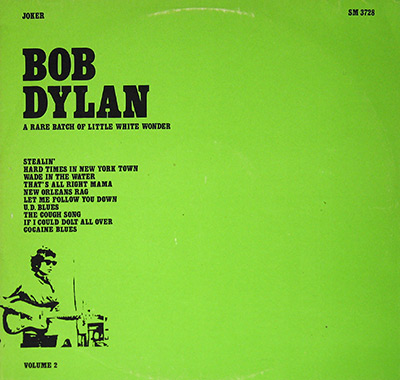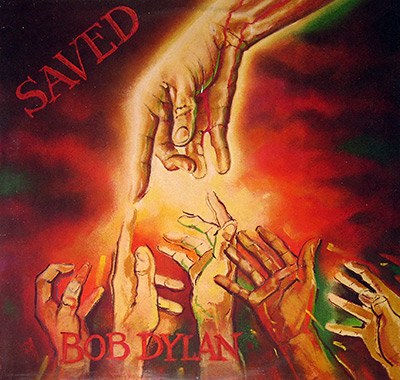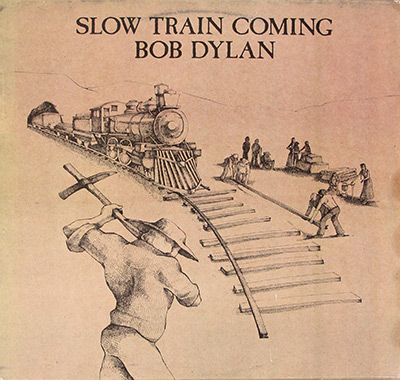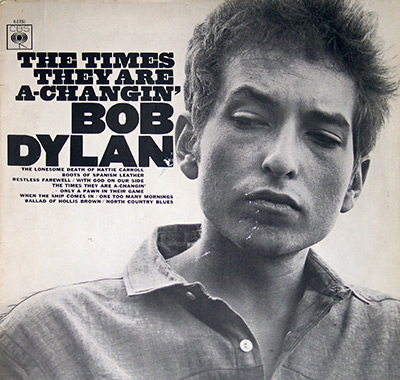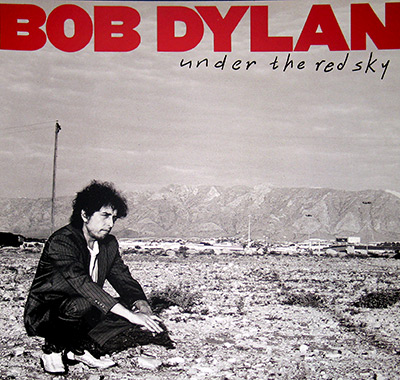Album Description:
Bob Dylan’s “Knocked Out Loaded”: A Divergent Turn in a Shifting Landscape (1986)
In the summer of 1986, as the cultural glow of Reagan-era optimism met the clang of Cold War dread, Bob Dylan released Knocked Out Loaded, an album that confounded expectations, challenged conventions, and ultimately polarized fans and critics alike. It was a time when rock was fragmenting into synth-pop, hair metal, and roots revivals, and Dylan—restless and perennially hard to pin down—chose not to reclaim his 1960s laurels but to take a curious detour through collaboration, reinterpretation, and sonic ambiguity.
A Departure in Form and Intent
Knocked Out Loaded was never meant to be a conventional Dylan album. Clocking in at just under 40 minutes, it consists of only eight tracks—a mere handful, but scattered across a mosaic of styles and moods. Some were originals, others co-written with playwright Sam Shepard or drawn from the pens of Kris Kristofferson and gospel traditions. The eclecticism, far from forming a unified statement, lent the album a fragmented, almost provisional quality—as though Dylan were flipping through radio stations, stopping momentarily to experiment.
Musical Terrain: Gospel Echoes, Rock Roots, and Studio Swerves
The opening track, You Wanna Ramble, is a gritty rockabilly number based on a 1950s song by Junior Parker. It sets the tone for an album steeped in reworkings and tributes. They Killed Him, a Kristofferson-penned ballad, honors martyrs like Gandhi and Jesus but fell flat for many critics who found Dylan’s delivery flat and uninspired. Then comes Brownsville Girl, the album’s 11-minute crown jewel—an audacious, spoken-word epic co-written with Sam Shepard. It’s rambling, evocative, and cinematic, widely acknowledged as a late-period Dylan masterpiece. Surrounded by lesser material, its brilliance is as glaring as it is incongruous.
A Snapshot of Dylan in Transition
Viewed through a historical lens, Knocked Out Loaded offers insight into Bob Dylan’s mid-1980s state of mind. Rather than polish his legacy or chase chart trends, he chose experimentation—even if it meant confusion or critique. It’s an album that rewards patience, offering glimpses of poetic genius through a haze of unfiltered spontaneity.
